What is the secret to balancing workplace dynamics and maximizing employee productivity and performance? Every manager grapples with this challenge, striving to unlock their team’s full potential and propel the organization towards success. Below, we explore ten practical approaches aimed at enhancing productivity, efficiency, and performance within your workplace:
1. Delegate with Confidence
Fear of relinquishing control often shackles managers, leading them to shoulder burdens that could be shared among their team. However, effective delegation is not an act of surrender; it’s a strategic empowerment. By entrusting tasks to capable individuals, managers unlock a wealth of talent, fostering skill development and leadership growth within their teams. Remember, you hired your employees for their expertise and potential—now is the time to let them shine.
2. Tailor Tasks to Talent
Recognizing and leveraging the unique strengths and preferences of each team member is pivotal for optimizing efficiency. Just as a puzzle piece fits snugly into its designated spot, assigning tasks that align with employees’ skills and inclinations ensures smoother workflows and superior outcomes. Whether it’s a creative brainstorming session or a meticulous data analysis, matching tasks to talent is the cornerstone of productivity.
3. Master the Art of Communication
Effective communication serves as the lifeblood of organizational efficiency, permeating every facet of the workplace. From face-to-face dialogues to digital exchanges, the channels of communication must be open, accurate, and timely. Cultivating a culture of transparent communication among leaders, managers, employees, and stakeholders fosters synergy and drives collective success.
4. Focus Goals with Precision
Clear and focused goals serve as guiding beacons, steering employees towards tangible achievements. Embracing the SMART criteria—specific, measurable, attainable, realistic, and timely—ensures that objectives are not just lofty ideals but actionable targets. By articulating expectations and delineating pathways to success, managers empower their teams to channel efforts effectively.
5. Foster a Culture of Recognition
Acknowledgment of exemplary performance fuels employee morale and propels engagement to new heights. Whether through public accolades or personalized gestures, recognizing and rewarding achievements instills a sense of pride and motivation. By tailoring incentives to individual preferences, managers cultivate a culture where dedication and diligence are celebrated.
6. Streamline Processes, Eliminate Redundancies
In the pursuit of efficiency, streamlining processes and eliminating superfluous tasks are paramount. Every minute spent on non-essential activities detracts from valuable time that could be devoted to high-impact endeavors. By ruthlessly cutting out excess and optimizing workflows, managers pave the way for uninterrupted progress.
7. Invest in Continuous Learning
The journey towards excellence is an ongoing odyssey, requiring a commitment to continuous learning and development. Providing employees with ample opportunities for training, upskilling, and personal growth not only enhances their proficiency but also fortifies the organization against future challenges. From workshops to mentorship programs, investing in employee development is an investment in the future.
8. Embrace Remote Work Flexibility
In an era defined by digital connectivity, remote work flexibility emerges as a cornerstone of modern productivity. Embracing telecommuting options empowers employees to achieve work-life balance while maintaining peak performance. By leveraging technology to bridge distances and nurture collaboration, organizations unlock new avenues for productivity and innovation.
9. Cultivate a Feedback Culture
Two-way feedback serves as a powerful catalyst for growth, enabling employees to course-correct and evolve continually. Engaging in constructive dialogue, managers and employees alike foster an environment where insights are shared openly and improvements are embraced eagerly. By prioritizing feedback loops, organizations foster a culture of continuous improvement and excellence.
10. Envision the Big Picture
Amidst the minutiae of daily operations, visionary leaders keep their sights set on the horizon, recognizing that every action shapes the future. Embracing innovation and strategic foresight, managers pave the way for sustainable growth and enduring success. Investing in tools such as human resources software empowers organizations to streamline operations, enhance employee experiences, and propel towards their long-term goals.
In essence, the quest to enhance employee productivity and performance is an ever-evolving journey—one that demands a blend of strategy, empathy, and adaptability. By implementing these ten strategies, managers can cultivate a workplace culture where excellence thrives, driving collective success and prosperity.

